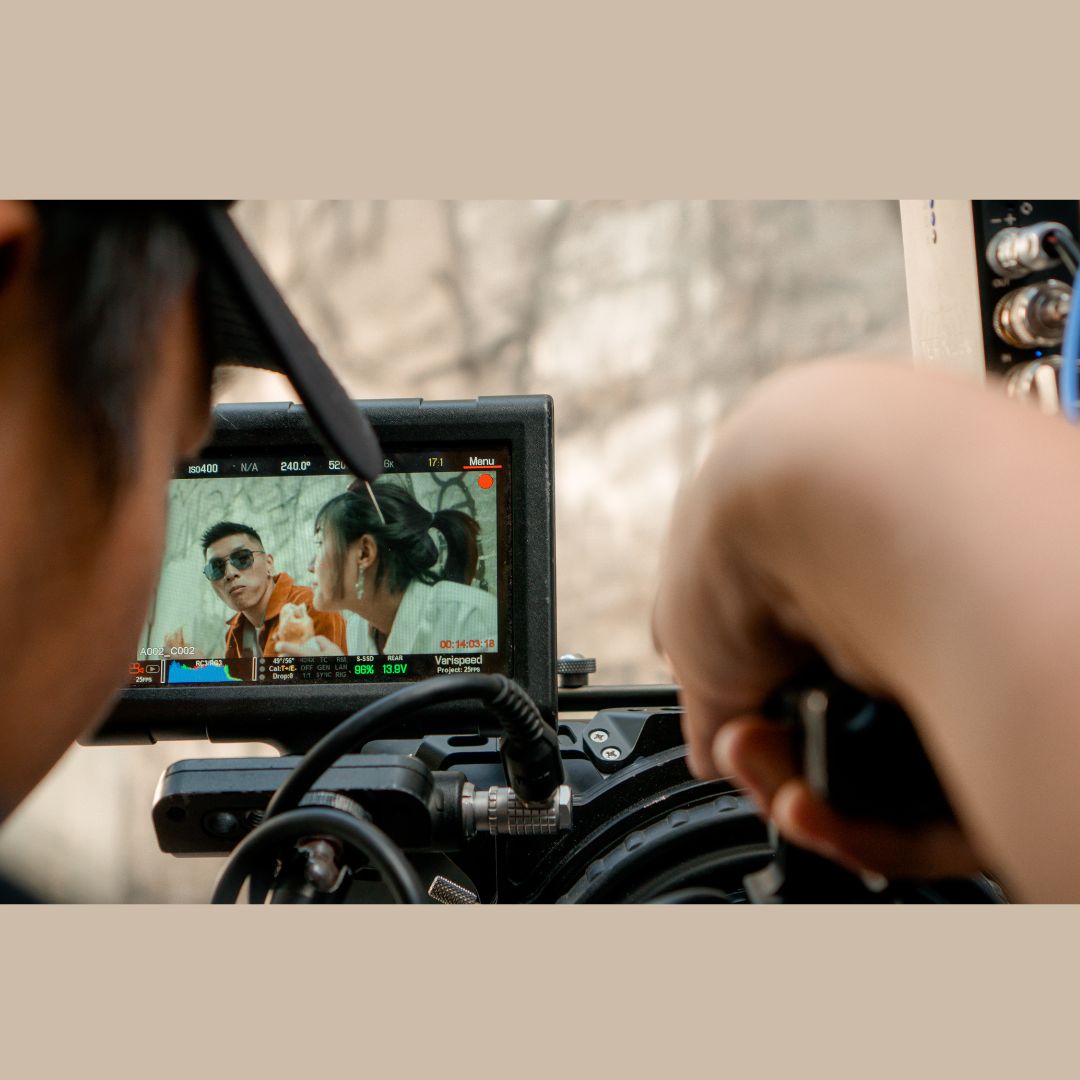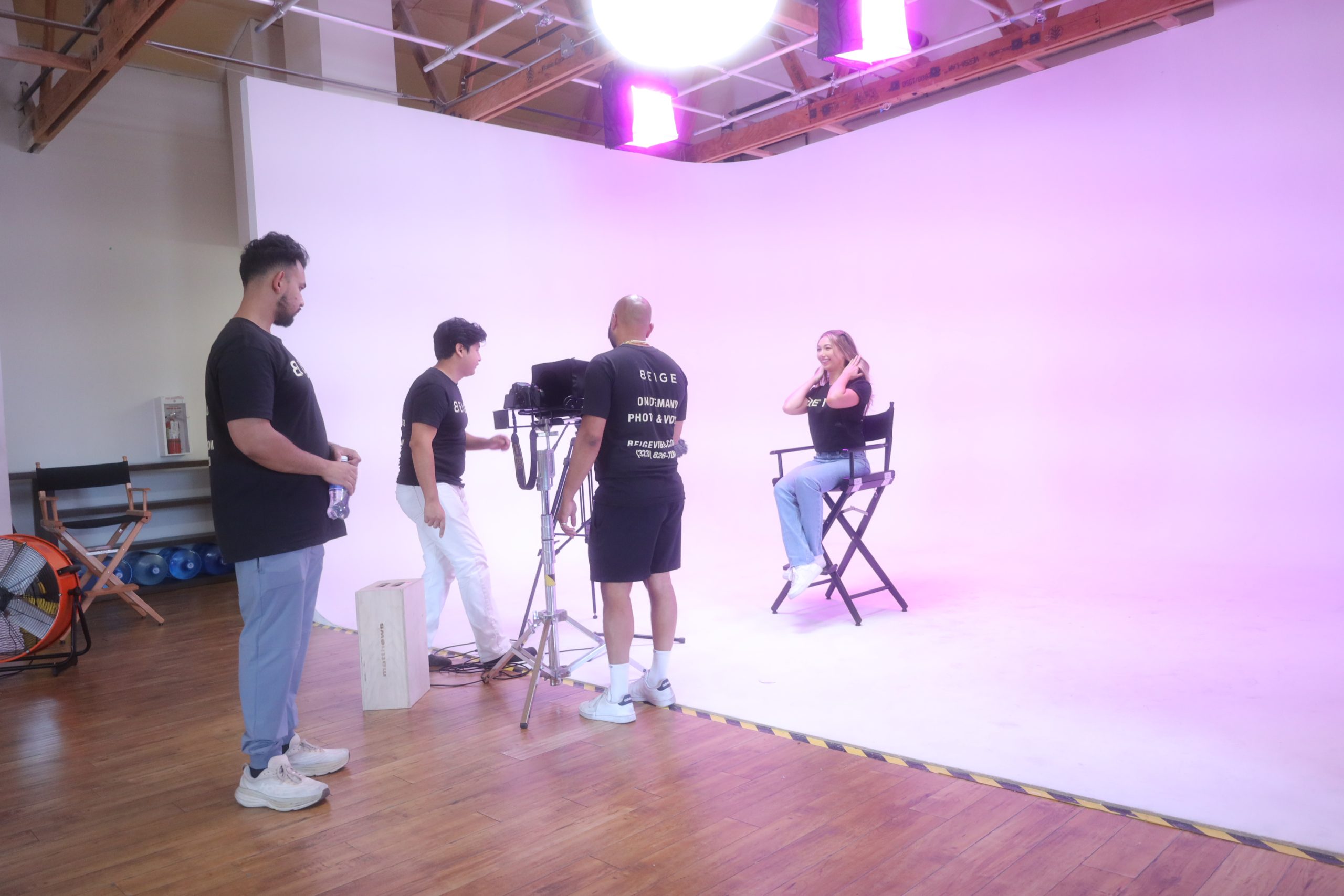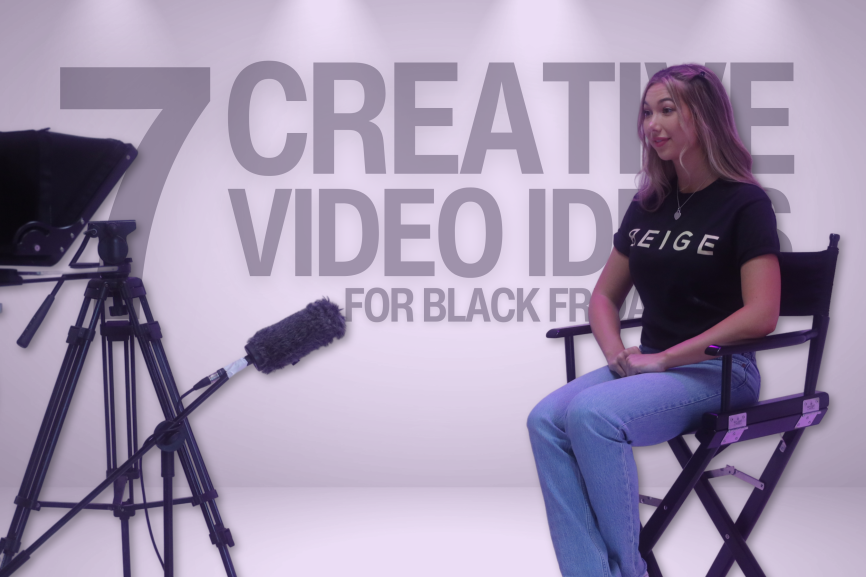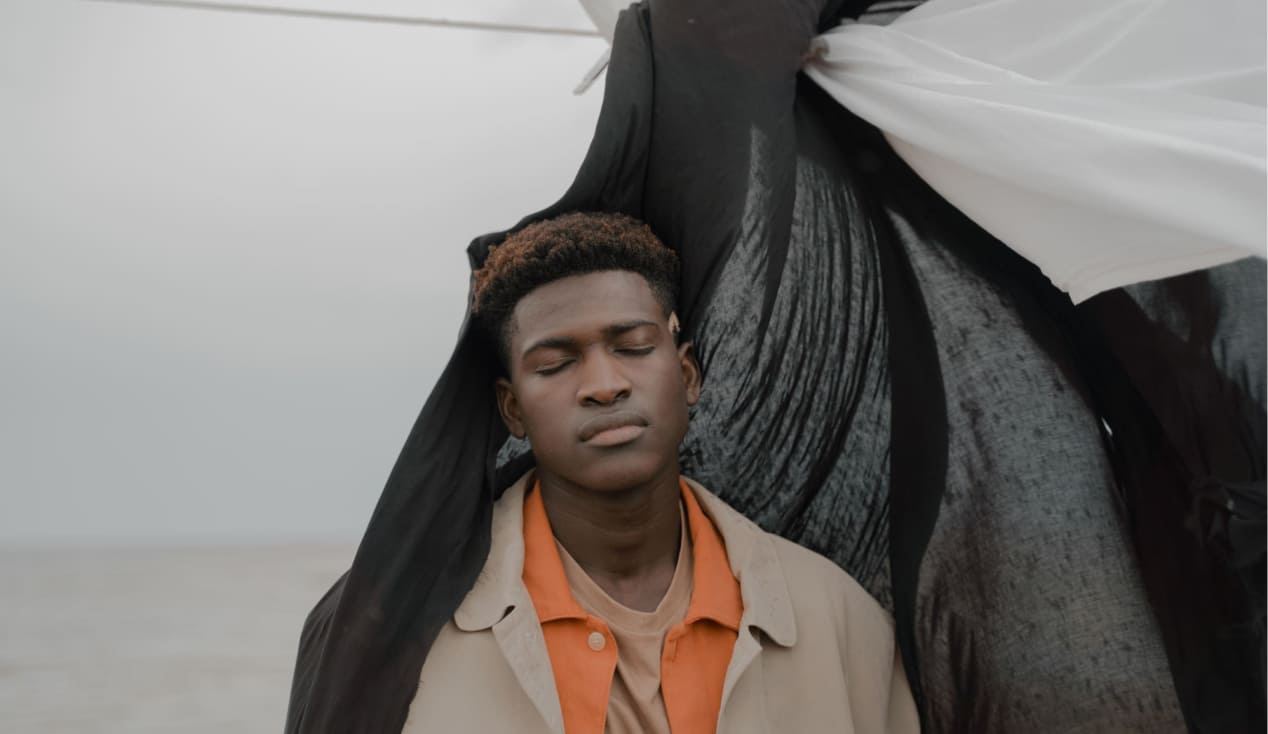No products in the cart.
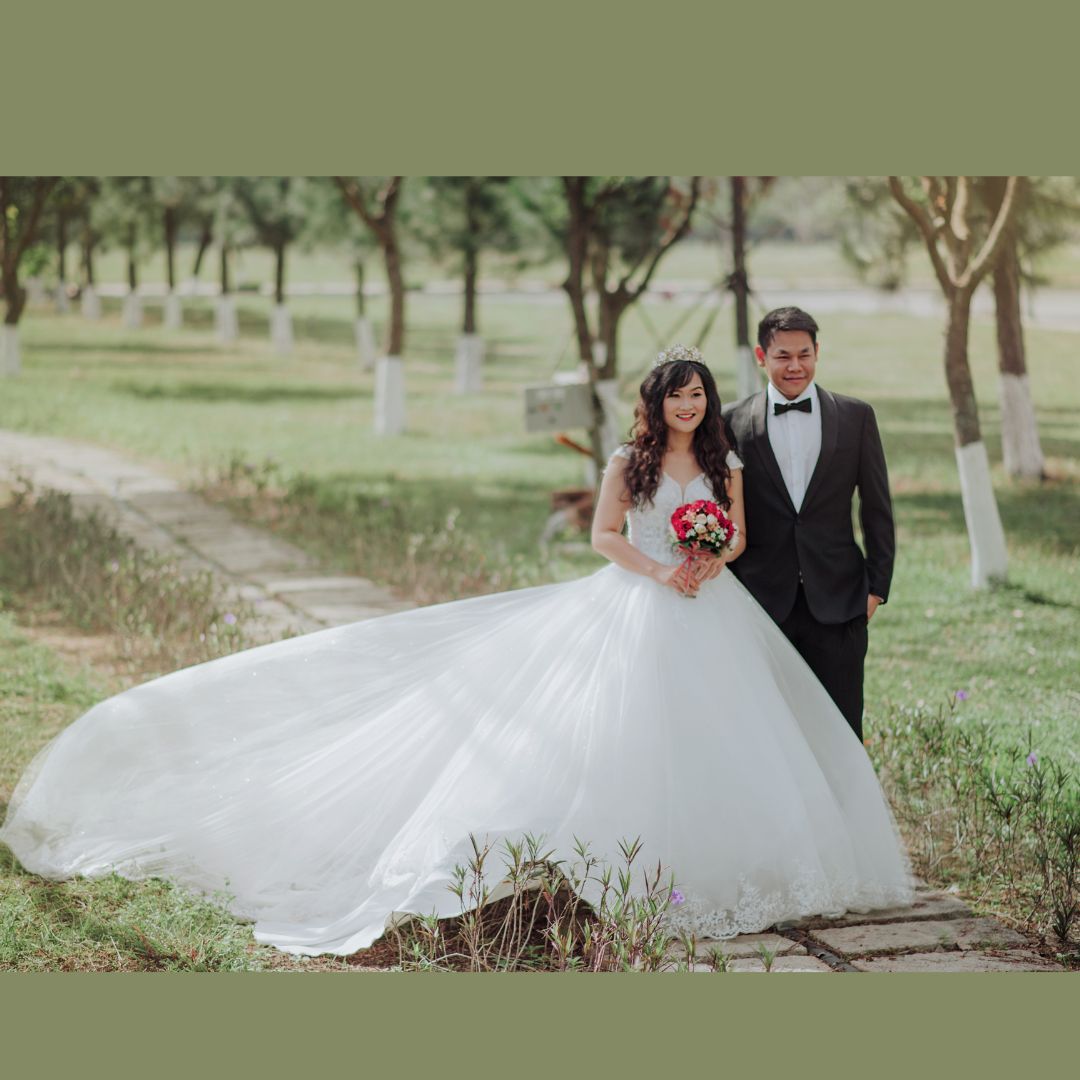
Engagement Photo Session Tips: A Comprehensive Guide
Introduction: Everyone dreams of receiving a romantic proposal from their significant other. It resembles a childhood fantasy coming to pass. It really is a
Corporate events are an indispensable component of business life, offering opportunities for networking, brand promotion, and knowledge transfer. Capturing these special moments through photography adds value to a company’s marketing and documentation efforts and serves as a way of making memories that last a lifetime. This comprehensive guide will examine the world of corporate event photography and the factors influencing its pricing structure.
Corporate events span an array of occasions, such as conferences, trade shows, product launches, seminars, and holiday parties. Professional photography is integral to documenting these occasions and leaving lasting memories. Here are the four reasons why corporate event photography matters:
Event photographs taken to an exceptional standard can be utilized in marketing materials, social media posts, and company websites to promote a brand. Providing authenticity to potential clients or customers gives an inside look into your culture and company environment.
Corporate events can mark significant milestones or achievements, so professional event photography serves to capture these memorable moments for future reference and historical purposes.
Networking is essential in business. Event photography provides an ideal way of documenting interactions among attendees, building connections, and creating a sense of community within an organization.
Event photos can add an engaging personal touch to marketing materials such as brochures and advertisements, making the content more relatable.
Now that we understand the significance of corporate event photography, let’s delve into its cost elements.
i) Event Type:
The type of corporate event plays an essential role in pricing. A smaller, intimate gathering will typically cost less than hosting a large-scale conference or trade show; more elaborate events may require multiple photographers or additional equipment, affecting overall costs accordingly.
ii) Duration of coverage:
The necessary coverage can affect pricing; events lasting over several days or requiring coverage for longer hours are more likely to incur an increased charge.
iii) Location of an Event:
Location plays a vital role when pricing events. It will likely add extra expenses to the final costs if it requires extensive travel or accommodation costs.
iv) Number of Attendees:
The size and scale of an event’s attendees can impact pricing; larger gatherings often necessitate greater coverage with multiple photographers involved.
v) Experience of a Photographer:
While an experienced photographer with a strong portfolio may command higher fees than their less experienced peers, their photographs often justify this extra investment.
vi) Equipment and Gear:
When selecting photography equipment and gear, price can be an important factor. High-end cameras, lighting equipment, and accessories produce higher-quality photos but may come at a greater cost.
vii) Additional Services:
Some photographers offer services like photo editing, album creation, or photo booth setup. While these extras may increase the overall price, they could make up just part of what makes up a comprehensive price estimate.
viii) Copyright and Usage Rights:
Decide whether you need full rights to the photos or just permission to use them for specific purposes; licensing and usage rights can significantly change pricing structures.
ix) Post-Event Services:
Photographers often spend additional hours editing, retouching, and organizing photographs after an event has concluded; these post-event services may incur an additional charge.
x) Delivery Formats:
Each delivery format, such as digital files, prints, or albums, carries its own cost. Before settling on an exact figure, speak with your photographer about which best meets your needs.
Corporate event photography prices can vary widely, but here are some indicative price ranges to help give an estimate:
Many photographers charge an hourly rate, typically from $100 to $300 or higher. This fee typically covers shooting time as well as basic editing services.
Photographers may offer half-day and full-day rates to cover larger events or those needing extensive coverage, with prices typically ranging from $500 to $2,500 or higher.
Photographers may offer package deals that combine services, such as coverage for an agreed-upon number of hours and edited photos with either prints or digital files for printing or uploading. Prices can range anywhere from around $1,000 up to tens of thousands.
Should you require extras such as photo booths, on-site printing, or custom album design services, expect to pay extra. Prices for these services depend on both your chosen photographer and what features are required of them.
The budget for corporate event photography should reflect both the needs and the scale of your event. Smaller and more intimate gatherings may necessitate a lower spending commitment; large conferences with extensive coverage require greater investments of time, energy, and finances.
Corporate event photography can be an invaluable investment that expands your company’s brand, documents important milestones, and promotes networking. When considering pricing for corporate event photography and event videography services, consider factors like event type, duration, location, number of attendees and photographer experience, equipment needs, and additional services they provide. Make a budget that matches your event’s requirements, and remember that choosing an experienced photographer makes all the difference to its outcome; proper planning and research can secure professional event photos that capture its essence for years to come.
Lorem ipsum dolor sit amet, consectetur adipiscing elit. Suspendisse varius
enim in eros elementum tristique.

